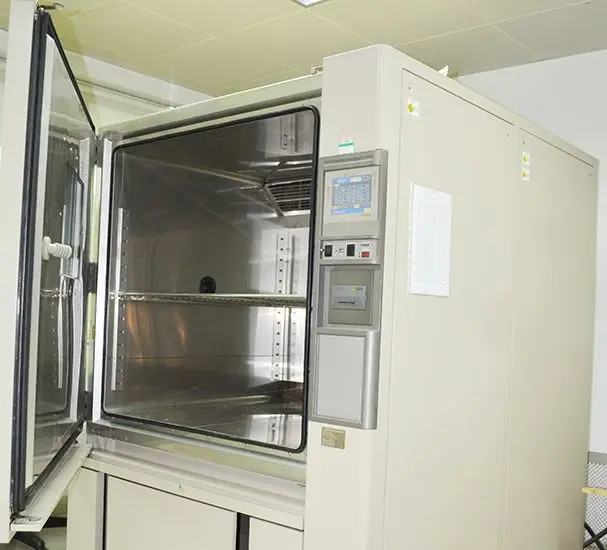
Battery Export Transportation MSDS Certification
For battery exports via sea freight, the following documents are essential: un38.3, MSDS, a Cargo Transport Conditions Identification Report, and Dangerous Goods Packaging Certificate. Among these, the MSDS (Material Safety Data Sheet) plays a crucial role in international trade. The quality of an MSDS reflects a company’s strength, image, and management capability. High-quality cheMICal products must be accompanied by high-quality MSDS documentation, which significantly increases business opportunities. Having internationally experienced experts prepare your MSDS ensures professionalism, enhances trade success, and serves as effective brand promotion. Comparatively, the cost of obtaining an MSDS is not very high.

What is an MSDS?
MSDS (Material Safety Data Sheet) is a document used by chemical manufacturers and importers to describe the physical and chemical properties of a chemical (such as pH value, flash point, flammability, reactivity, etc.) as well as its potential health hazards to users (e.g., carcinogenicity, teratogenicity).
In European countries, the MSDS is also known as SDS (Safety Data Sheet). The International Organization for Standardization (ISO) uses the term SDS, while MSDS is more commonly used in the United States, Canada, Australia, and many Asian countries.
What information is needed to prepare an MSDS?
- Applicant or company name
- Company address
- Contact person
- Phone number, fax, email
- Product name and model
- Product nature and end use
- Country of export
- Names and percentages of chemical ingREDients (with CAS numbers)
- Physical properties of the product
Does an msds certification have an expiration date?
Answer: It is updated once a year and continuously upgraded to newer versions.
How long does it take to obtain MSDS certification?
Answer: The EU MSDS certification involves drafting a report about the product’s chemical composition, hazard information, physical and chemical data, etc. The process usually takes about 5–7 days.
What documents are required for MSDS certification?
1. Two product samples
2. Product manual
3. Certification application form
4. Product composition list
What content do ANSI (American National Standards Institute) and ISO recommend for MSDS?
1. Chemical product and company identification
2. Composition/information on ingredients
3. Hazard identification
4. First-aid measures
5. Fire-fighting measures
6. Accidental release measures
7. Handling and storage
8. Exposure controls/personal protection
9. Physical and chemical properties
10. Stability and reactivity
11. Toxicological information
12. Ecological information
13. Disposal considerations
14. Transport information
15. RegULatory information
16. Other information
Email:hello@jjrlab.com
Write your message here and send it to us
 How to get the MSDS Report for Electronic Cigarett
How to get the MSDS Report for Electronic Cigarett
 Prop 65 Warning on Appliances
Prop 65 Warning on Appliances
 Apparel Heavy Metal Testing
Apparel Heavy Metal Testing
 Can You Conduct Lab Tests to UL Standards
Can You Conduct Lab Tests to UL Standards
 What Products Are Affected by Prop 65?
What Products Are Affected by Prop 65?
 CPSIA Compliance for Children's Products
CPSIA Compliance for Children's Products
 Children's Products Canadian Requirements
Children's Products Canadian Requirements
 What is a CE EU Authorized Representative
What is a CE EU Authorized Representative
Leave us a message
24-hour online customer service at any time to respond, so that you worry!




